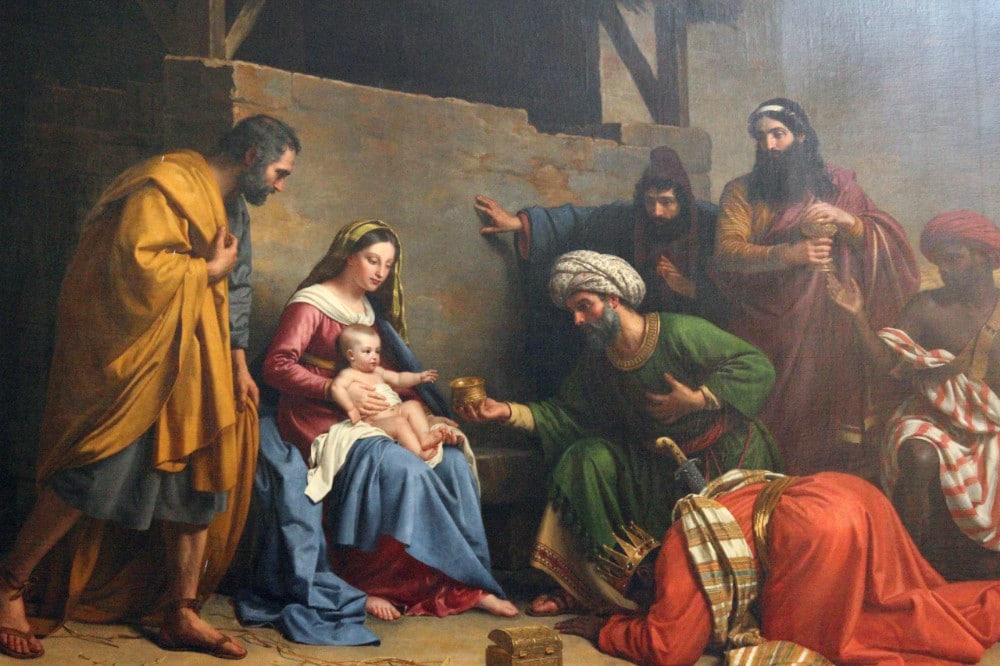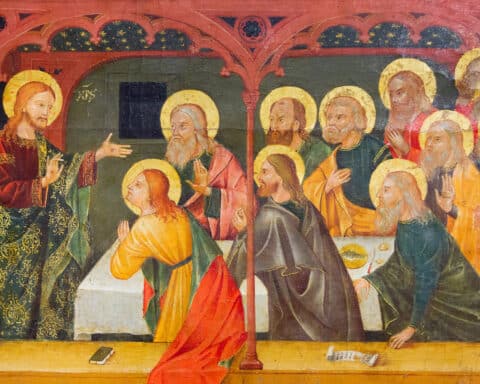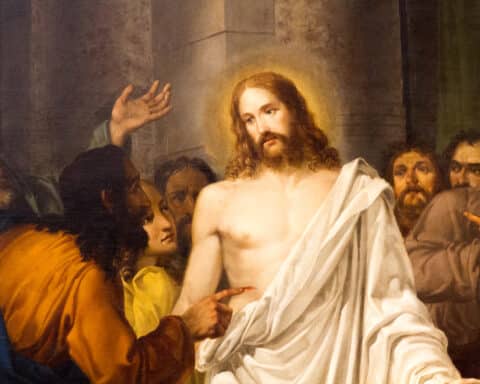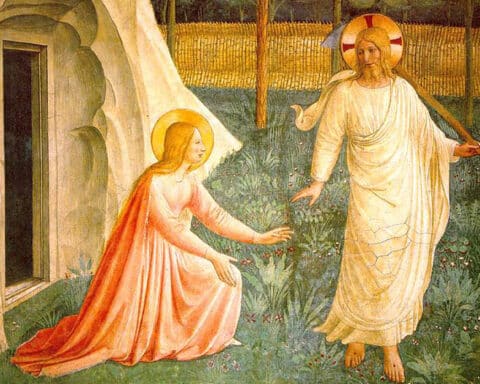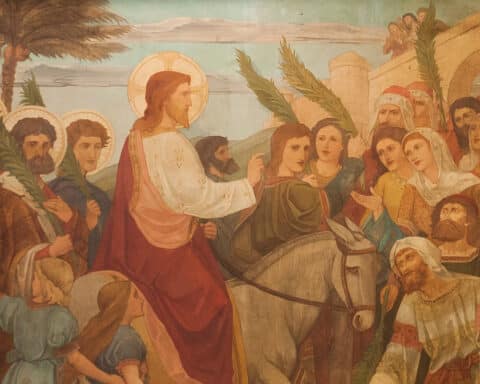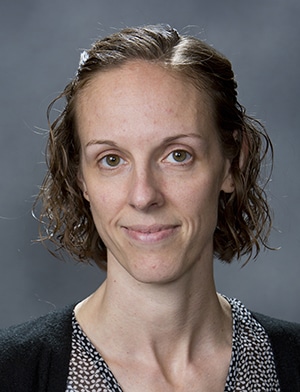
These are the opening lines of a poem by a Trappist monk of late memory, Thomas Merton. I have chosen them for this little column on Epiphany even though the poem is titled “Advent” because I love how the poem presents the perfect winter sky: dark yet radiant and quiet. Plus, I think it is safe to assume that most of us have experienced such a magnificent sky spreading out above the silvery stillness of winter. In such moments, we feel “humbler than the rocks” (as Merton’s poem says), awed by the majesty of God, and grow quiet.
Our readings for Epiphany Sunday, as well as those we encountered all through Advent and into Christmas, have been presenting this magnificent contrast of darkness and brilliance to us so as to prepare our eyes for the light of Christ. But they have also worked toward inviting us into the quiet stillness of adoration.
| January 8 – The Epiphany of the Lord |
|---|
|
Is 60:1-6 |
Notice how the prophetic reading from Isaiah is “vivider in the fiery dark,” with its language of radiance: “Rise up in splendor … Your light has come, the glory of the Lord shines upon you … and over you appears his glory.” This splendor is the Christ light: God’s majesty revealed in the humility of a most luminous and holy Child.
Isaiah also presents this light in contrast to the darkness of the world, which we later encounter in the self-seeking chatter of Herod, heard in Matthew’s account of the Epiphany. Such a one as Herod desperately needs Epiphany and its announcement of the only one worthy of true adoration — the only one worthy of worship. Self-adoration like Herod’s is like “thick clouds” rather than a “fiery darkness.” Unlike Herod, we are asked to humbly receive the revelation shone forth by the light of Christ come into the world (cf. Jn 1:9). Herod’s “thick clouds” are often the ones that remain for us all as we try to approach the manger.
Thus, the Magi announce the appearance of Christ and his light to us even though few of their own words are recorded in Matthew’s Gospel. Instead, we behold their act of worship. We see them heeding Isaiah’s instruction to raise their eyes and look about when they tell us they are seeking Christ because they saw his star at its rising and have come to do him homage. Hearing them, we are tempted to raise our own eyes to the skies and dispel the “thick clouds” in our hearts.
We then see the Magi make their way to Christ’s manger, following his star to the place of his birth: behold, the star that they had seen at its rising preceded them until it came and stopped over the place where the child was. They were overjoyed at seeing the star, and on entering the house they saw the child with Mary, his mother.
And what they did next is the point of all our readings (and all our reading!), and hopefully, the scene grows vivid and luminous for us because we behold it in the company of the Magi. Hopefully, it is more vivid than a silvery winter night and its quiet stillness, for now, we are beholding a true and pure act of worship under the sky perfected by Christ’s Light!
They prostrated themselves and did him homage.
This is a moment we need to not only recognize with unclouded hearts but to actively imitate ourselves. Then, says Isaiah, you shall be radiant at what you see, your heart shall throb and overflow. Perhaps, as this first year of the Eucharistic Revival continues to unfold, we could think of the adoration of the Magi at the manger each and every Mass and do God homage with overflowing, fiery hearts.
Catherine Cavadini, Ph.D., is the assistant chair of the University of Notre Dame’s Department of Theology and director of its master’s program in theology.

